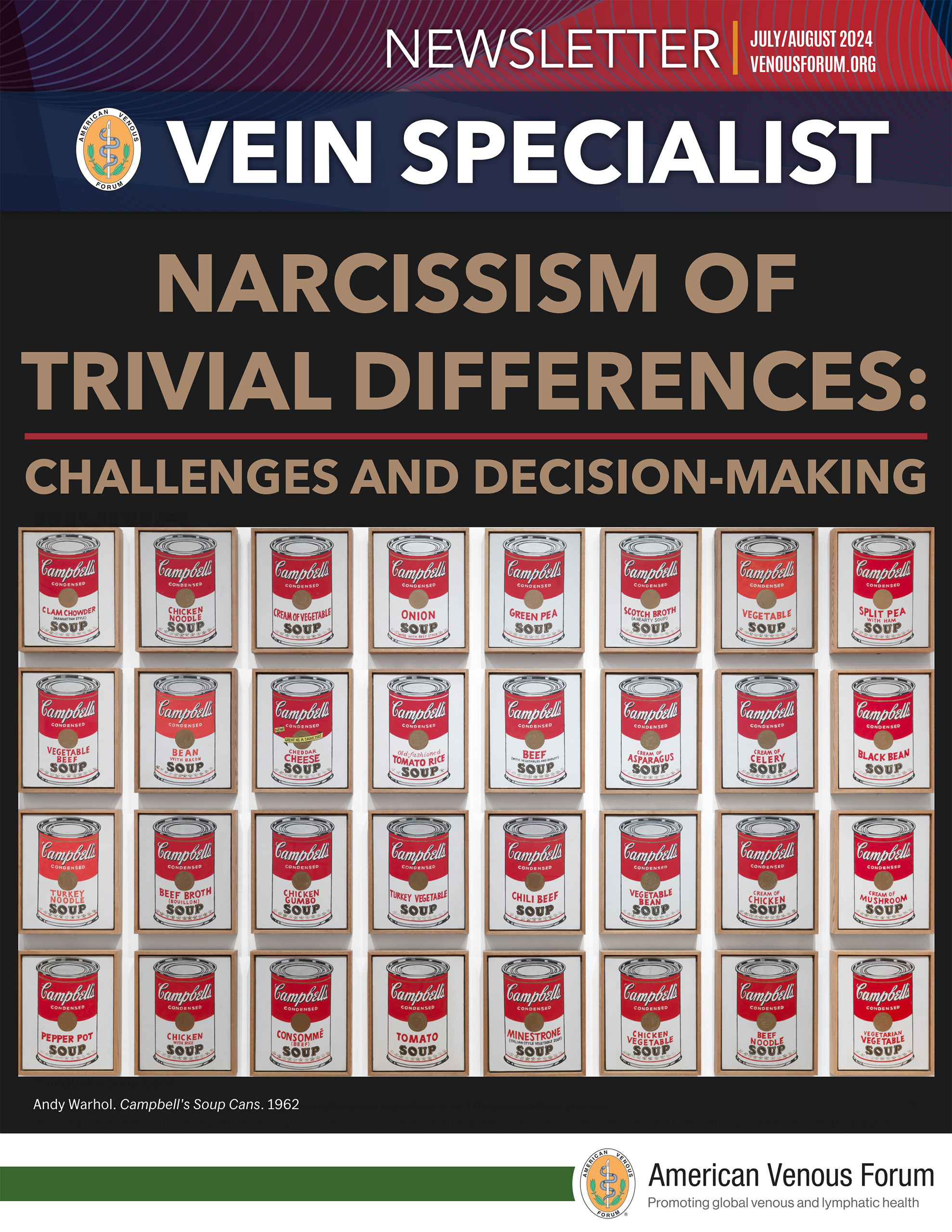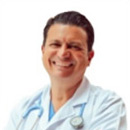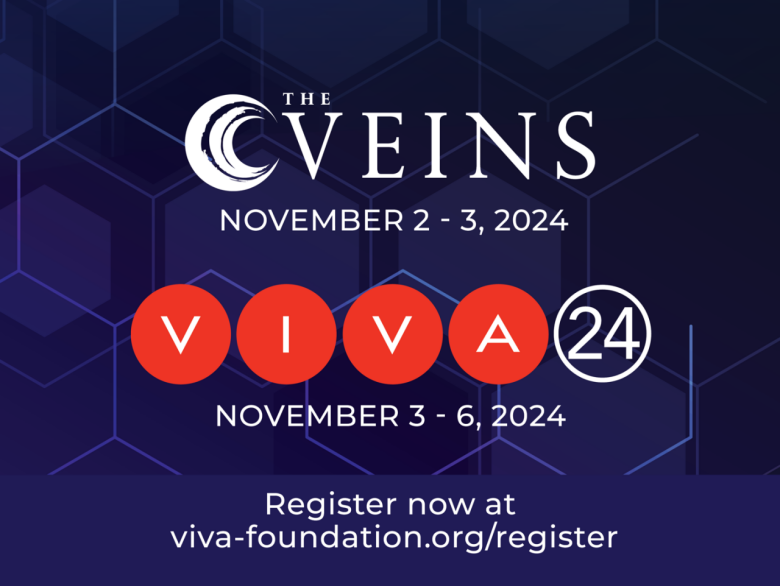
July/August Issue of Vein Specialist
Venoactive Compounds for Chronic Venous Disease

Monika Lecomte Gloviczki, MD, PhD
Member, The American Venous Forum
Patients with chronic venous disease (CVD) may present with pain, varicose veins, inflammatory skin changes, or venous ulcers. Progress in the management of CVD has been significant in recent years with improved compression devices and garments, minimally invasive thermal or nonthermal endovenous ablations, and the increasing use of stents to treat chronic venous obstructions. Despite compression treatment and effective new interventions, some patients have persistent venous symptoms and a decreased quality of life. Reasons for this include the progressive nature of CVD and the fact that CVD affects not only the veins but a large microcirculatory compartment as well. In addition, patients might find adhering to compression therapy difficult, in particular in hot climates.
Venoactive compounds (VACs) are well known and prescribed all over the world as safe and effective options, used frequently as adjuvant therapy to venous procedures and compression. VACs represent a valuable tool to achieve better control of venous pain, leg heaviness, swelling, and to improve the quality of life. Some of them demonstrated efficacy in venous ulcer (VU) treatment by increasing the rate and speed of ulcer healing. VACs are registered as prescription drugs in most countries, but in the United States they are available as nutritional supplements. No VAC is approved as a drug by the Food and Drug Administration (FDA).
The group of VACs is heterogenous and includes plant-derived or synthetic products with various efficacy in CVD manifestations and with different levels of scientific evidence supporting their use. The best-studied and established VACs belong to the flavonoids family with diosmin, hydroxyethylrutoside [HR] and Micronized Purified Flavonoid Fraction (MPFF), composed by diosmin (90%) and hesperidin fraction (10%). The micronization optimizes the intestinal absorption. Other important VACs are saponins with horse chestnut seed extract (HCSE/escin) and ruscus extract frequently associated with hesperidin methyl chalcone and ascorbic acid. Different plant extracts contain flavonoids with various active compounds such as red vine leaf or gingko biloba extracts. Calcium dobesilate is a synthetic compound. Sulodexide (fast-moving heparin fraction [80%] with an affinity for antithrombin III and a dermatan sulfate fraction [20%]) and pentoxifylline are not classified as venoactive compounds, but they are frequently assigned to the group, mainly because of their properties in VU healing.
VACs share many similar modes of action on venous tone, the macro- and microcirculation, permeability, lymphatic drainage, leukocyte adhesion, and blood viscosity, and many have anti-inflammatory properties.
It is difficult to perform a meta-analysis for the entire heterogenous group of VACs. However, the Guidelines Committee of the European Venous Forum, the International Union of Angiology, the Cardiovascular Disease Educational and Research Trust (UK), and the Union Internationale de Phlébologie estimated that complete pain relief in the VACs group versus the placebo groups was 63% vs 37% (p < 0.00001), similar to the effect on leg heaviness (60% vs 33%, p < 0.00001), sensation of swelling (63% vs 38%, p < 0.0001), cramps (68% vs 45%, p = 0.003), and restless legs (46% vs 33%, p < 0.006). Recent guidelines of the American Venous Forum, based on the available scientific evidence and GRADE system, are summarized in Table 1.
In conclusion, venoactive compounds are valuable adjunctive therapeutic agents to improve patients’ symptoms, quality of life, edema, and venous ulcers’ healing.
Disclosures: The author is a Chief Scientific and Clinical Advisor to VitasupportMD, a nutraceutical company in the United States producing Vein Formula 1000 and Lymphatic Formula 1000.
Table 1. Guidelines of the American Venous Forum on the drug treatment of chronic venous disease (Handbook of Venous and Lymphatic Disorders, 5th edition, 2024)
| No. | Guideline |
Grade of recommendation (1:strong; 2:weak) |
Grade of evidence (A: high quality; B: moderate quality; C: low or very low quality) |
| 1 | We recommend micronized purified flavonoid fraction (MPFF), hydroxyethylrutosides, horse chestnut seed extract (escin), and ruscus extracts for patients with symptoms and edema due to chronic venous disease. | 1 | A |
| 2 | We suggest diosmin, calcium dobesilate, and red vine leaf extract for patients with symptoms and edema due to chronic venous disease. | 2 | B |
| 3 | We suggest sulodexide for patients with symptoms and edema due to chronic venous disease. | 2 | C |
| 4 | In symptomatic patients with varicose veins who are not candidates for intervention, or who are waiting for intervention or have symptoms after intervention, we suggest micronized purified flavonoid fraction (MPFF) or ruscus extracts for treatment of vein related pain, leg heaviness and/or sensation of swelling. | 2 | B |
| 5 | In symptomatic patients with varicose veins who are not candidates for intervention, or who are waiting for intervention or have symptoms after intervention, we suggest hydroxyethylrutosides, calcium dobesilate, horse chestnut extract, red vine leaf extract, or sulodexide for treatment of vein-related pain, leg heaviness, night cramps and/or sensation of swelling. | 2 | C |
| 6 | We recommend nutrition assessment and, if needed, nutritional supplementation addressing nutritional deficiencies in patients with venous leg ulcers. | 1 | B |
| 7 | We recommend in venous leg ulcers either micronized purified flavonoid fraction (MPFF) or pentoxifylline as adjunctive treatment with compression, early intervention, and wound local care. | 1 | A |
| 8 | We recommend in venous leg ulcers sulodexide as adjunctive treatment with compression, early intervention, and wound local care. | 1 | B |
| 9 | We suggest in venous leg ulcers hydroxyethylrutosides as adjunctive treatment with compression, early intervention, and wound local care. | 2 | C |
Endovenous Ablation Techniques

Jorge H. Ulloa, MD
Professor of Surgery
Universidad de Los Andes
Bogota, Colombia

Andres V. Figueroa, MD
Vascular Research Fellow
UT Southwestern Dallas, Texas
Member, AVF Newsletter Committee
Laser and radiofrequency, both thermal techniques, utilize distinct forms of energy to achieve the same outcome: the denaturation of proteins through controlled thermal ablation. These methods are predominantly favored by endovenous surgeons globally. Although several nonthermal techniques exist, recent data indicate that thermal methods have higher occlusion rates, making them the preferred choice.
Having experimented with all available methods, I have definitively chosen laser for three primary reasons:
First, its simplicity. The laser procedure is efficient and straightforward, with minimal mathematical calculations required to achieve endothelial ablation. I can control the pull-back time, which allows for a sense of direct oversight during the procedure. Additionally, the cost of laser fibers is low, and once the initial investment in the generator is covered, minimal additional expense is passed on to the patient.
Second, the laser technique requires minimal explanation to today’s more informed and demanding patients. The concept of laser treatment is widely understood and accepted, in part due to its cultural presence and recognition.
Third, from a personal perspective, the use of laser technology has a unique appeal. Growing up, I was fascinated by the idea of a laser device capable of making a significant impact. Over the years, this fascination has transformed into a professional tool that, while still powerful, is now employed for therapeutic purposes.
Despite the need to manage the discomfort associated with tumescent anesthesia, I anticipate future advancements that may eventually eliminate this necessity. While the potential breakthrough in venous treatment technology is not yet fully refined, it remains a subject of ongoing research and discussion.
Until such advancements are realized, I remain committed to using the laser, a technology that allows me to effectively treat the veins of multiple patients daily with high success rates, tolerability, and patient comfort. The conceptual leap made by Albert Einstein over a century ago continues to resonate profoundly in modern medical applications.
Superficial Venous Ablation:
Many options that all work

Natalie Sridharan, MD
Member, AVF Newsletter Committee
When discussing treatment with a patient with symptomatic pathologic great saphenous vein reflux, I often say that the ultimate goal is to “get rid of the vein” in some way. Distilling the plan down to this simplistic target (ie, getting rid of the vein) has been helpful in discussing treatments with patients, especially when offering them multiple options. It is beneficial to understand that all of the treatment choices (which can easily overwhelm patients especially if they seek out information via internet searches and YouTube videos) have a singular objective with situational nuances.
Most providers who treat superficial venous disease have worked out an algorithm for management of saphenous reflux in their minds and may prefer thermal vs nonthermal or mechanochemical vs glue vs ultrasound- guided sclerotherapy based on size of the vein, weight of the patient, presence of wounds, need to treat below the knee, recanalization after previous ablation, and anatomic variations. However, ultimately they have the same end goal for the offending vein no matter what pathway they select.
At the highest level of evidence, meta-analysis of randomized controlled trials (RCTs), the data would support this approach of minimizing difference in techniques over emphasizing them. In the most recent systematic review and meta-analysis of RCTs on this topic by Shahzad et al., no difference was seen in occlusion rates, endothermal heat-induced thrombosis, or quality of life scores post-procedure.(1) Notably, quality of life was improved in all types of treatments. Unfortunately, most trials are not powered to study in detail anatomic and patient factors that may influence success of a certain approach in certain situations. A notable exception is likely large (>10 mm) saphenous veins, which may benefit from a thermal approach based on the recent meta-analysis by Athavale et al.(2)
This leads me to suggest that, while current evidence supports use of all of these technologies with their high rates of success across the board, we must continue to research and understand the differences among these tools that may provide added benefit for our patients. This topic is unlikely to be addressed with randomized trials sponsored by industry and compared primarily to high ligation and stripping. Those of us who treat the overwhelming number of patients who suffer from superficial venous disease related to saphenous reflux have the responsibility to collaborate and work across institutions to study and understand the patient and disease factors that should influence provider choices to optimize outcomes.
References
- Shahzad N, Elsherif M, Obaidat I, Brar R. A systematic review and meta-analysis of randomised controlled trials comparing thermal versus non-thermal endovenous ablation in superficial venous incompetence. Eur J Vasc Endovasc Surg. 2023 Nov;66(5):687-695. doi: 10.1016/j.ejvs.2023.06.002. Epub 2023 Jun 7. PMID: 37295602.
- Athavale A, Monahan D, Fukaya E. A systematic review on ablation techniques for larger saphenous veins in patients with symptomatic superficial venous disease. J Vasc Surg Venous Lymphat Disord. 2024 Jan;12(1):101681. doi: 10.1016/j.jvsv.2023.08.020. Epub 2023 Sep 11. PMID: 37703943.


